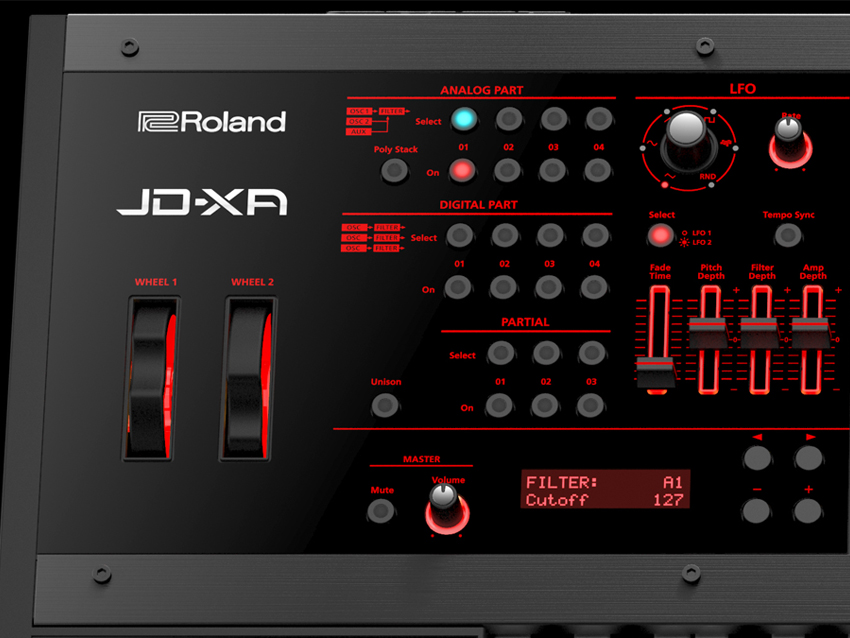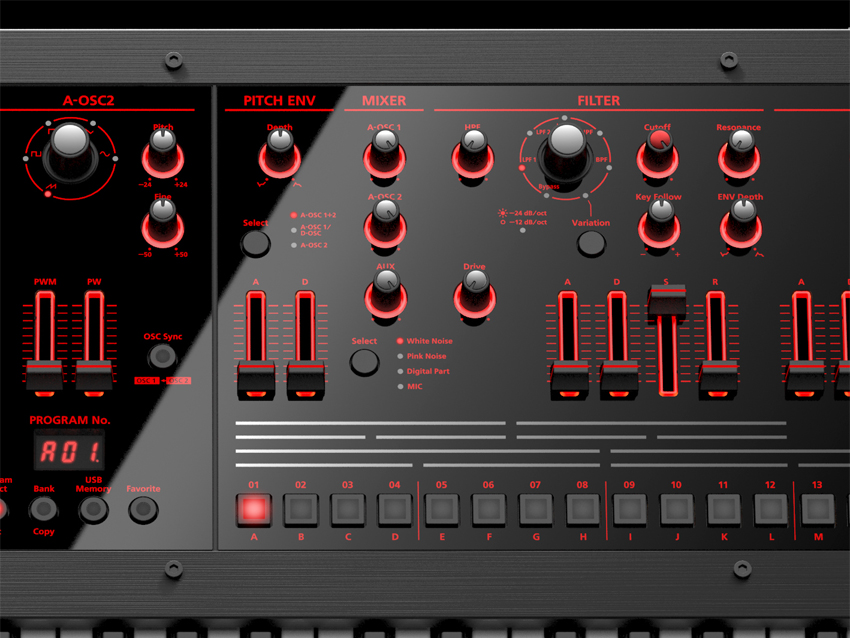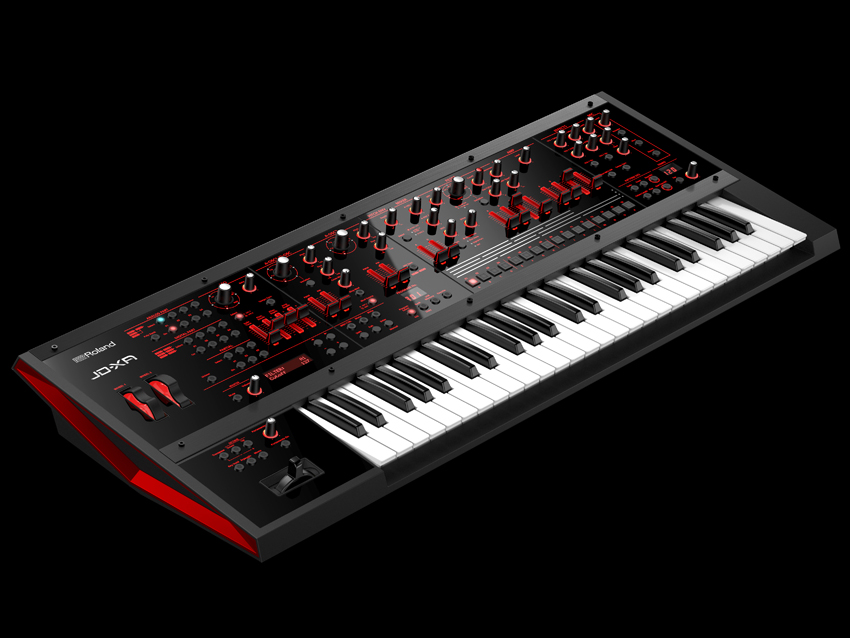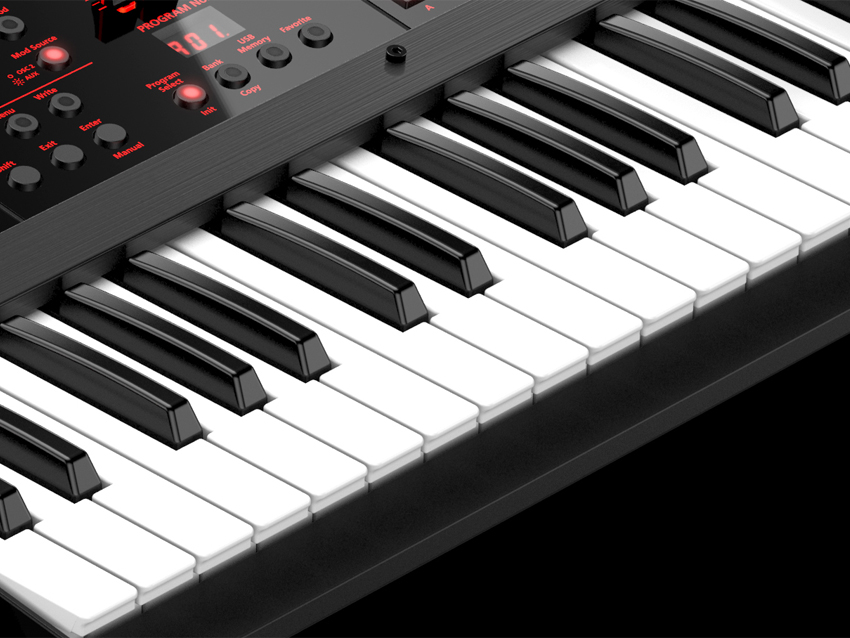Hands-on: Roland JD-XA hybrid synthesizer
Our first impressions of Roland's new flagship analogue/digital crossover machine
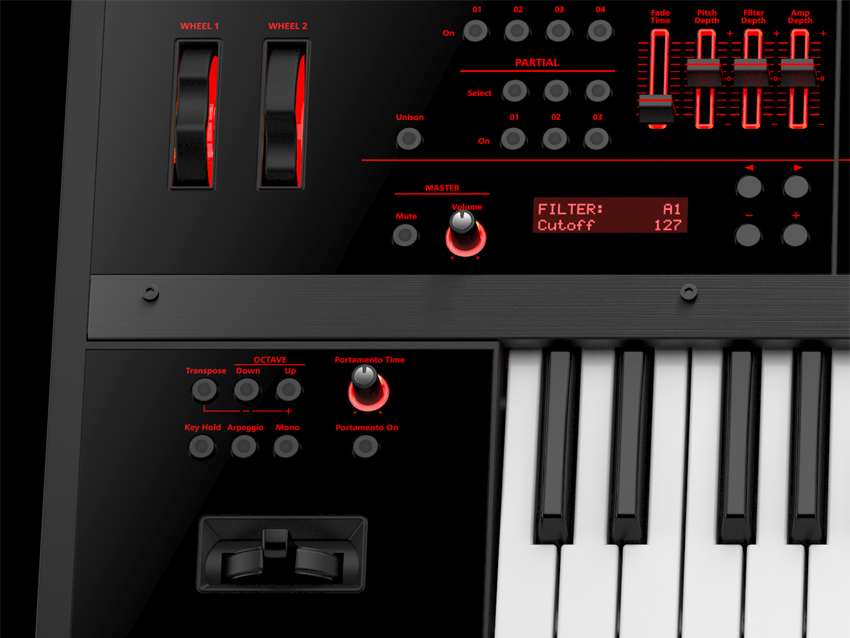
Controls
All the main controls that you would generally reach for during sound sculpting and performance are all to hand via rotaries and sliders, which is a huge improvement over previous Roland keyboards such as the Jupiter-80. And it’s nice to have the standard Roland mod/bender plus pitch/mod wheels.
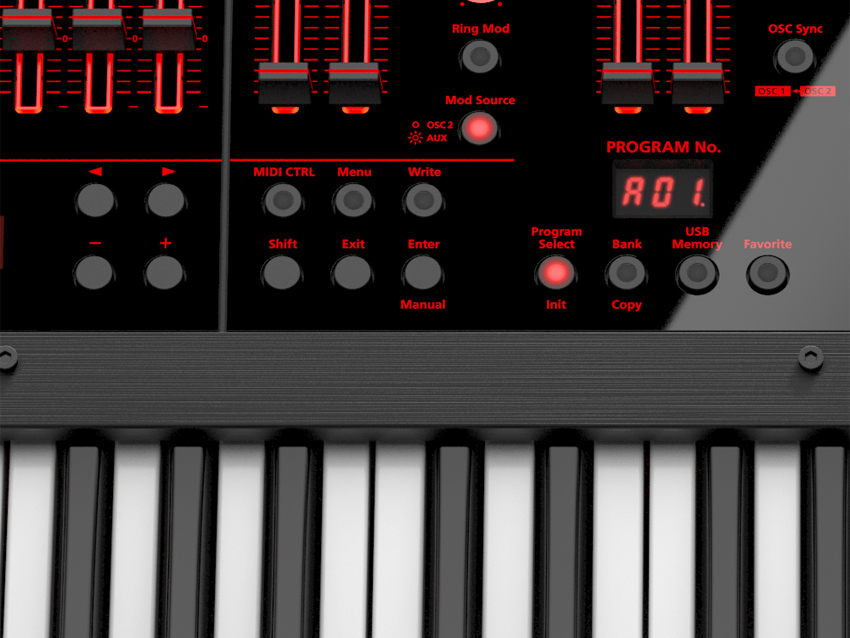
Ease of use
On the whole, the JD-XA is easy to use and navigate, with a fairly shallow learning curve. That said, when programming the deeper elements of the digital engine, the reliance on the page cursors and +/- buttons can slow things down a little - like the JD-Xi, the JD-XA would benefit from a jog/data wheel.
The analogue side is pretty much one-knob-per function, which is great.
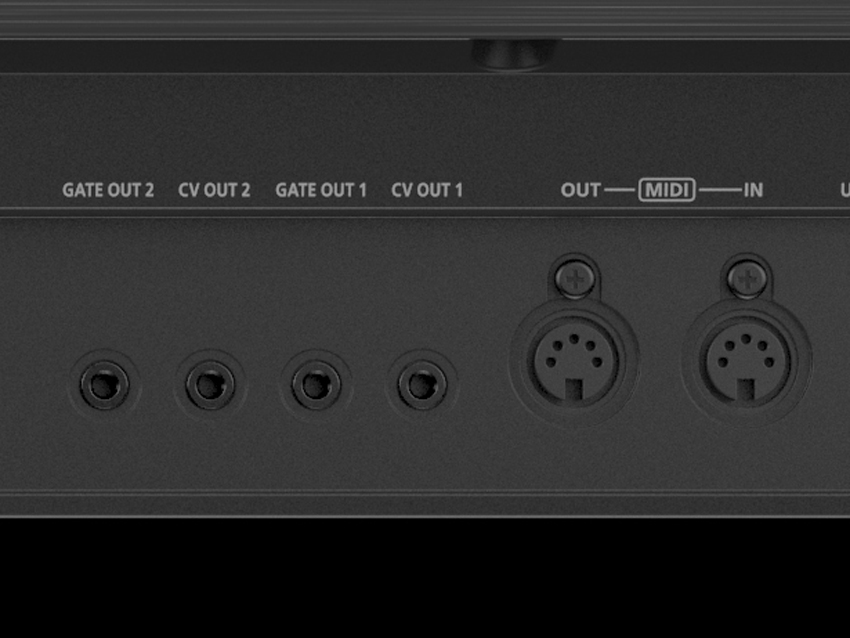
Sequencer
We are really liking the inclusion of the CV/Gate output, and each track can be set to output MIDI as well as control the internal engine. The JD-XA is missing the drum part that we saw in the JD-Xi, despite this being a feature that we were originally led to believe would be implemented.
Though it’s very quick to record parts using the sequencer, deeper editing requires a little more time to get to grips with. There’s no song mode for putting together full-blown tracks, but it’s a very useful addition if you think of it as a scratchpad/looper.
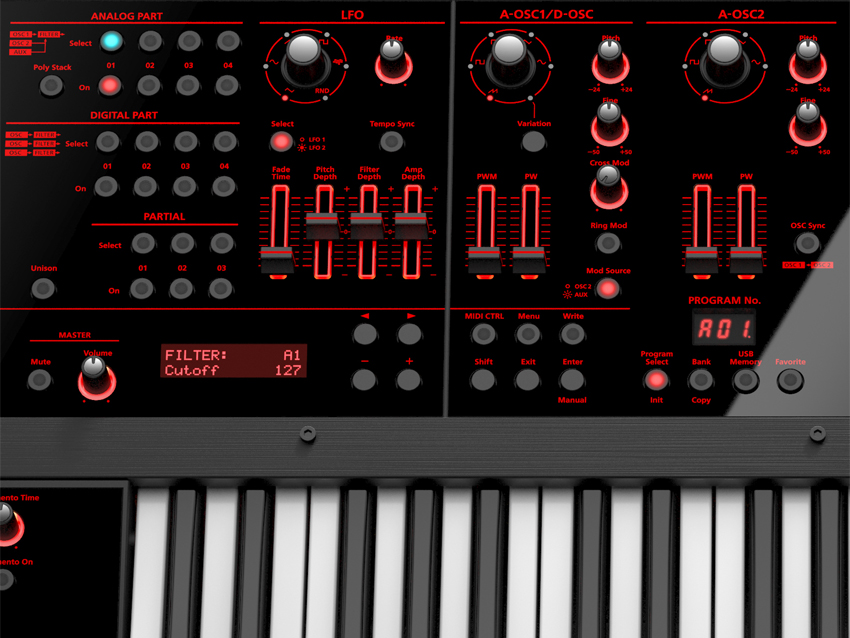
Sound
The overall character is similar to the JD-Xi, but with lots more fidelity. The JD-XA excels at bold, upfront sounds and punchy leads and basses, but can do classic analogue strings and pads, too.
The 4-note analogue polyphony is slightly restricting, especially for those who like to play a bass note in the left and a 4-note chord in the right, but the digital side allows for much bigger chords. Layering a 4-note analogue poly sound with a 6- or 7-note digital chord also works surprisingly smoothly, with little evidence of abrupt note stealing.

Summary
The JD-XA is hugely versatile. It can act as a powerful analogue and hybrid mono/polysynth, and features one of the nicest vocoders we’ve used. There are plenty of modulation options onboard, the global and insert FX and new analogue filters sound great, and it’s a powerful MIDI control surface to boot.
All in all this is a great keyboard to have at the centre of any setup, either live or in the studio.
We’ll have a full review of the JD-XA on MusicRadar very soon.
